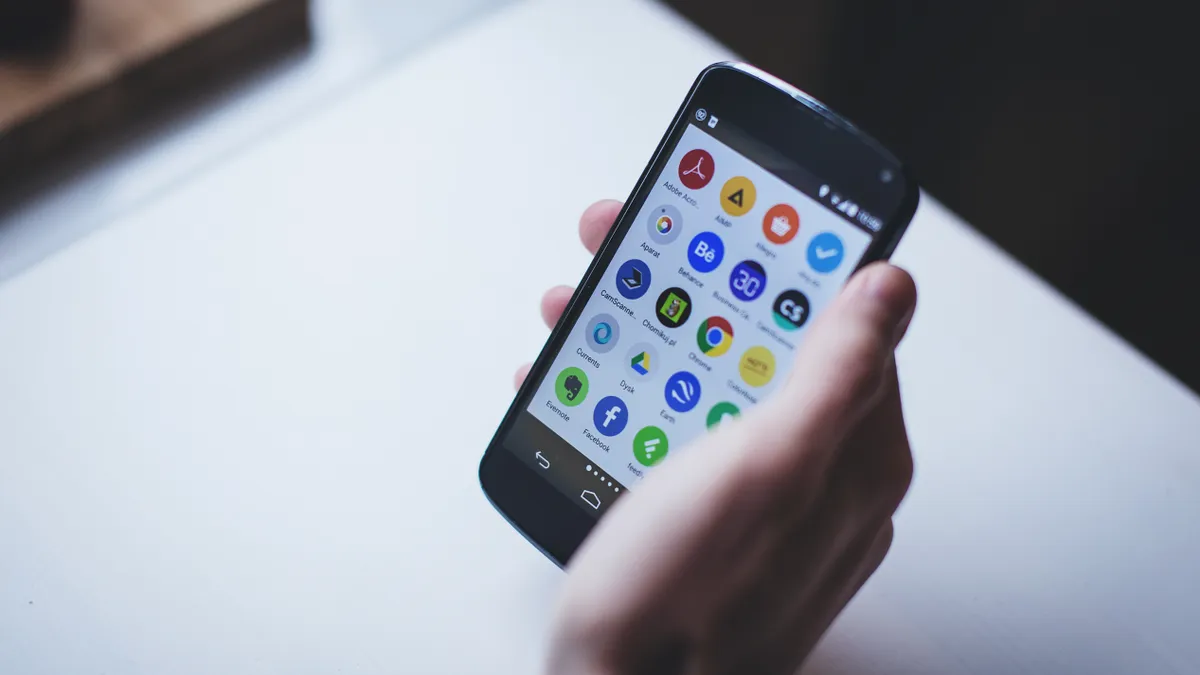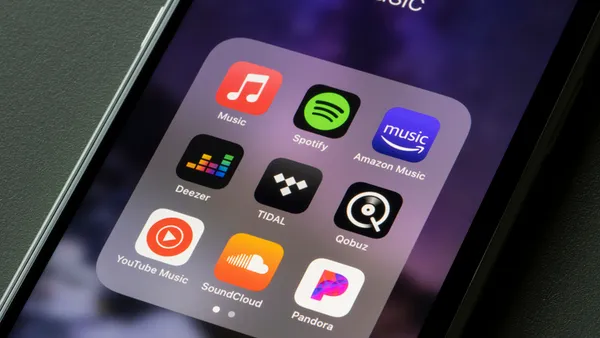Brief:
- Google removed 85 photography and gaming apps from its Google Play store after a security firm published an alert about an adware scheme. More than 8 million Android users downloaded the apps showings ads that were difficult to skip while also evading detection, per cybersecurity firm Trend Micro.
- The apps exploited Android functions to tell when a mobile user unlocked their phone, triggering ads that were often five minutes long. The apps were difficult to delete because they replaced their icons with shortcuts on mobile home screens. The apps remained functioning even after Android users tried to drag the icons into the trash can.
- The adware affected phones running older versions of the mobile operating system. Android 8.0 and later versions ask for user confirmation before an app is allowed to make a shortcut on a mobile screen.
Insight:
The latest revelation that 8 million people downloaded 85 apps containing malicious adware is a flop for Google, whose Android operating system runs most of the world's smartphones. The incident is another reminder that Google's steps to crack down on malicious apps aren't completely effective. In February, the company said it had worked to improve its abuse detection technologies and machine learning to combat nefarious activity. Its Google Play Protect system scans more than 50 billion apps on users' devices every day to ensure their safety, the company said in a blog post.
It's unclear whether the adware defrauded legitimate brands by generating fake user activity and charging them for the media placements, an activity that the digital marketing industry has taken steps to curb. Google this month introduced support for app-ads.txt, the IAB Tech Lab's anti-fraud system for app publishers, on its Ad Manager and AdMob mobile ad network. Starting on Aug. 27, the platforms will block unauthorized app inventory as identified by a publisher's app-ads.txt file, which could help clean up the mobile ad supply chain.
Global losses to digital ad fraud — including desktop and mobile platforms — vary anywhere from $5.8 billion to $42 billion, depending on the research methods used. Programmatic ad buying, which relies on software to buy and sell ad placements, has given marketers greater flexibility in their digital media buys while also spawning groups of sophisticated fraudsters who seek to exploit weaknesses in mobile ad deliveries.















